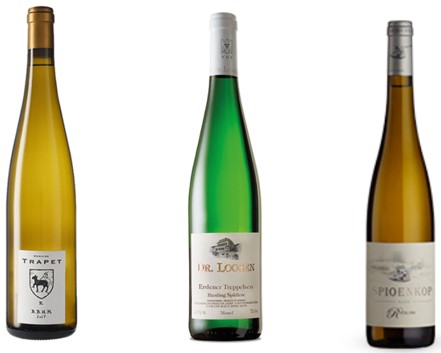Look
Rebalancing a portfolio is a process where you adjust the weights of assets in a portfolio to maintain a desired asset allocation. If you don’t rebalance a portfolio the overall risk may increase substantially over time. This is illustrated below, where you can see the portfolio’s 55% equity exposure in 2009 increased to 78% by 2021. A moderate portfolio, therefore, has become a high-risk, growth portfolio over time.

Source: Russell Investments, Value of an Advisor 2022 report
The importance of a disciplined approach to rebalancing portfolios cannot be understated. It offers a few important benefits:
Risk management: Over time, the performance of different assets in a portfolio can vary, which can result in a drift away from the desired asset allocation. Rebalancing helps to bring the portfolio back to its target allocation, which can reduce the overall risk of the portfolio.
Research from Morningstar shows that returns from a rebalanced portfolio is unlikely to lag in returns relative to a buy-and-hold strategy over the long-term. Returns may even be slightly higher over certain period. The big benefit however is that you will get these returns by taking a much lower risk.
The risk/return graph below shows returns over a 15-year period. It doesn’t matter which rebalancing strategy or frequency you use (daily, monthly, quarterly, or annually) all strategies are likely to significantly reduce risk.

Disciplined approach: Rebalancing forces investors to take a disciplined approach to investing, rather than making emotional or reactive decisions based on short-term market movements.
Tax management: Rebalancing can also help to manage taxes by potentially reducing capital gains taxes. By selling assets that have appreciated in value, investors may be able to offset gains with losses from other assets.
Overall, rebalancing portfolios is a useful tool for managing risk, reducing volatility, and improving risk-adjusted returns for investors. Most importantly, it helps us avoid the potential pitfalls of trying to time the market and making emotional decisions.
Listen
I found this video of an octogenarian learning to swim an inspirational example of how ageing can be an opportunity for growth, learning and trying new things.
82-year-old Bubba says we should put less importance on how we look and more importance on how we live. In this sweet short documentary, Bubba’s granddaughter follows her gran and shows that it’s never too late to find new passions and interests in life. Planning for retirement is not just about financial security, but also about good health, strong social connections and meaningful activities.
Join us later this month for our Retirement workshop where we talk about what it means to retire well.
Learn
"The Good Life: Lessons from the World's Longest Scientific Study of Happiness" is a book that presents insights from the Harvard Study of Adult Development, which is the longest-running study of adult life ever conducted. The study has been tracking the lives of two groups of men for over 80 years, examining a wide range of factors that contribute to their happiness, health, and well-being.
One of the authors of the book, Dr Robert Waldinger, talks about this study in one of the top ten most watched TED talks of all time titled, “What makes a good life?”
Essentially, the study has shown that the quality of our relationships is one of the most important factors for our happiness and well-being. I believe this book can help us understand why relationships matter and how we can cultivate strong, healthy relationships throughout our lives.
Oenophilia
“Oenophilia is a love of wine. In the strictest sense, oenophilia describes a disciplined devotion to wine, accompanying strict traditions of consumption and appreciation. In a general sense, however, oenophilia simply refers to the enjoyment of wine, often by laymen.”
I think Riesling is one of the most misunderstood and underappreciated wines in South Africa. In the 80s, the market was flooded with cheap, sweet, low-quality Riesling (usually referred to as Cape Riesling), which, unfortunately, impaired how South Africans view this grape variety still today.
The truth is, Riesling makes some of the best wines in the world! British wine writer Jancis Robinson is quoted saying, “Dry Riesling is one of the wine world’s undervalued treasures”.
A good quality Riesling from specialist areas in Germany and Alsace in France is a thing of beauty. I am obsessed! In the past, I loved pairing Riesling with curries, but it pairs well with almost anything. Wines can range from dry to sweet or spicy, and drinks well young but can also be aged successfully.
P.S. I buy most of my international wines from Great Domaines. Check out their impressive wine shop here.
If you want to try a local wine, Tim Atkin has consistently ranked Spioenkop’s Riesling as South Africa’s best.

I hope you enjoyed this month’s edition.
Stay curious,
Elke Zeki
